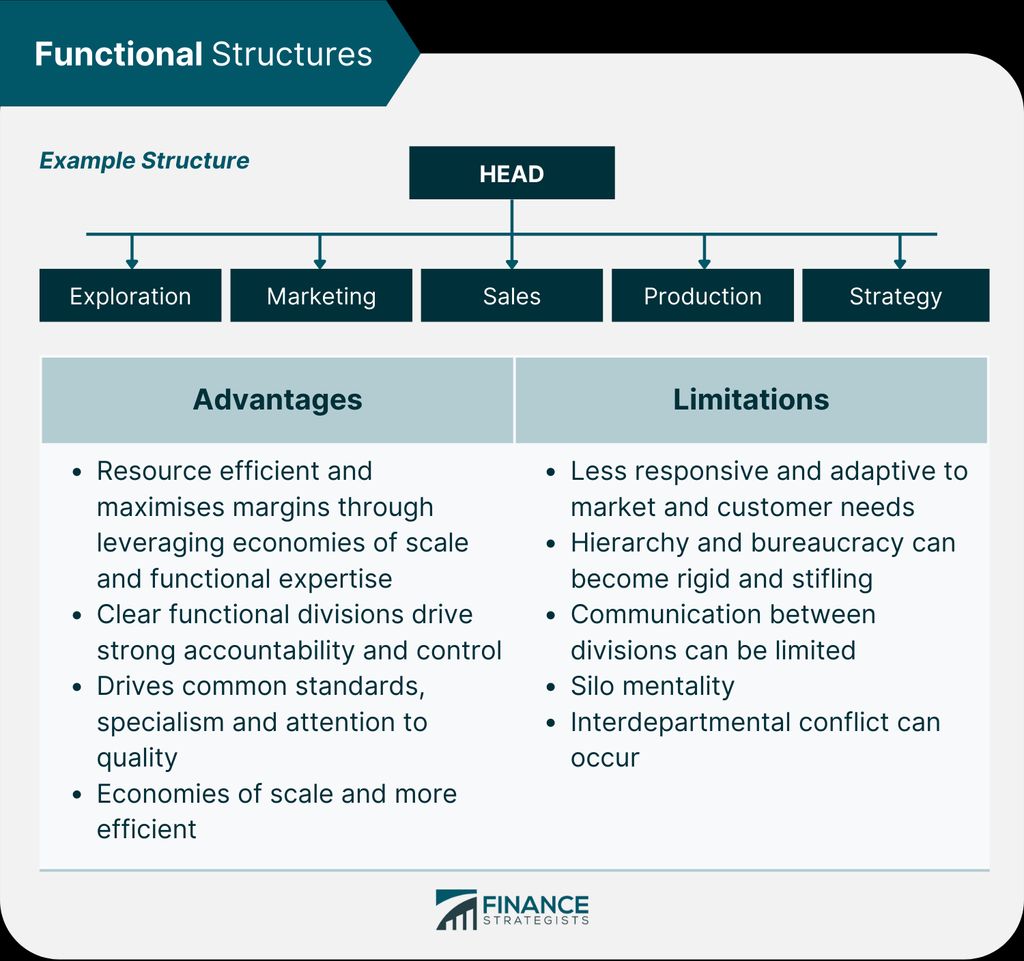
Email efficiency is crucial for university academics who often receive a high volume of emails from students, colleagues, and administrators. By maximizing email efficiency, academics can save time, stay organized, and effectively communicate with others. In this article, we will explore various strategies and techniques that can help university academics streamline their email communication, organize their inbox, write effective emails, and manage email notifications.

Streamlining email communication is crucial for university academics to effectively manage their inbox and stay organized. By implementing a few strategies, academics can save time and ensure important emails are not overlooked.
One strategy is to unsubscribe from unnecessary emails with just one click. This helps reduce inbox clutter and prevents distractions. Another helpful strategy is to identify and unsubscribe from mailing lists that are no longer relevant. By doing so, academics can focus on emails that are directly related to their work.
In addition, it is important to regularly mass delete old emails that are no longer needed. This helps free up storage space and keeps the inbox organized. Academics should also be mindful that their emails are their business, and should treat their inbox as such by keeping it clean and well-maintained.
To summarize, streamlining email communication involves unsubscribing from unnecessary emails, identifying and unsubscribing from mailing lists, mass deleting old emails, and maintaining a clean and organized inbox.
Organizing your email inbox is crucial for efficient email management. Here are some tips to help you stay organized:
Create folders or labels to categorize your emails based on different subjects or projects. This will make it easier to locate specific emails when needed.
Set up filters to automatically sort incoming emails into the appropriate folders or labels. Filters can be based on criteria such as sender, subject, or keywords.
Archive or delete unnecessary emails to declutter your inbox. Keeping only the essential emails will make it easier to find important information.
Tip: Regularly review and update your folder structure and filters to ensure they align with your current needs and priorities.
By implementing these strategies, you can effectively organize your email inbox and save time searching for important messages.
When it comes to effective email writing, there are a few key strategies that university academics can employ to ensure clear and concise communication:
Implementing these strategies can help university academics convey their message effectively and save time for both the sender and the recipient.
Managing email notifications is crucial for maintaining focus and productivity. Here are some tips to help you stay on top of your inbox:
Unsubscribe from emails with 1 click: Take the time to identify and unsubscribe from mailing lists and junk emails that clutter your inbox. Use tools like Trimbox to easily unsubscribe from unwanted emails.
Mass delete old emails: Regularly clean up your inbox by deleting old and irrelevant emails. This will help reduce clutter and make it easier to find important messages.
Set up filters and labels: Use email filters and labels to automatically organize incoming messages. Create custom filters based on specific criteria, such as sender or subject, to ensure important emails are prioritized.
Tip: Create a separate folder or label for emails that require immediate attention, so you can easily identify and respond to urgent messages.
By effectively managing your email notifications, you can minimize distractions and focus on the tasks that matter most.

Creating custom filters is a powerful way to manage your email inbox efficiently. By setting up filters, you can automatically categorize and prioritize incoming emails based on specific criteria. This allows you to focus on the most important messages and reduces the time spent on sorting through irrelevant emails.
To create custom filters, follow these steps:
By utilizing custom filters, you can automate the organization of your inbox and ensure that important emails are easily accessible. This not only saves time but also helps you stay focused on your academic work.
Tip: Create multiple filters to cover different categories or types of emails, such as notifications, newsletters, or student inquiries.
Labeling emails is an effective way to organize your inbox and quickly find important messages. By assigning labels to emails, you can categorize them based on their content, sender, or any other criteria that is relevant to you. This allows you to easily sort and filter your emails, making it easier to locate specific information when you need it.
To make the most out of email labels, consider the following tips:
Tip: Regularly review and update your labels to ensure they still align with your needs and priorities.
Automating email organization can greatly improve efficiency and save time for university academics. By setting up filters and rules, emails can be automatically sorted into specific folders or labeled for easy identification. This allows academics to quickly locate and prioritize important emails, while keeping their inbox organized.
Additionally, automation can be used to perform actions such as marking emails as read, forwarding specific emails to designated recipients, or deleting unwanted emails. This helps to streamline email management and reduce the time spent on manual tasks.
Implementing email automation can be done through the email client's settings or by using third-party tools and plugins. It is important to regularly review and update the automation rules to ensure they are still relevant and effective.
To get started with automating email organization, follow these steps:
By automating email organization, university academics can spend less time on managing their inbox and more time on important tasks and research.
Tip: Regularly review and clean up folders or labels to avoid clutter and ensure efficient organization.

Creating standardized email templates can greatly improve efficiency and save time for university academics. By having pre-written templates for common types of emails, such as meeting requests or assignment reminders, academics can quickly compose and send emails without having to start from scratch each time.
Using bold formatting for important keywords and italics for subtle emphasis can help draw attention to key points in the email template. This can make the template more effective in conveying the intended message.
In addition, utilizing a Markdown table can be useful for presenting structured, quantitative data in the email template. For example, if there is a need to provide statistics or comparison data, a table can help organize the information in a clear and concise manner.
A bulleted or numbered list can be used for less structured content in the email template. This is particularly useful for presenting steps, qualitative points, or a series of related items. Lists can help break down information into easily digestible chunks and improve readability.
Remember to keep the email template concise and to the point. Avoid including unnecessary information that may confuse the recipient. Finally, consider using a Markdown blockquote to highlight important tips or advice within the email template.
Creating standardized email templates is a valuable practice for university academics, allowing for efficient and consistent communication with students, colleagues, and administrators.
When personalizing email templates for different recipients, it is important to consider their specific needs and preferences. One way to do this is by using merge tags or variables in the email template. These merge tags allow you to insert personalized information such as the recipient's name, institution, or specific details relevant to their situation.
Additionally, you can create different versions of the email template tailored to different recipient groups. For example, you may have a template for students, another for colleagues, and another for administrators. This allows you to address each group's unique needs and concerns.
To further enhance personalization, you can also include specific instructions or suggestions for the recipient. This could be related to their role, responsibilities, or any specific actions they need to take. By providing clear guidance, you can ensure that the recipient understands their role in the communication and can respond accordingly.
Remember, personalizing email templates can help you save time and ensure that your messages are relevant and effective for each recipient.
Email templates are a valuable tool for university academics when it comes to handling common requests efficiently. By creating standardized email templates, academics can save time and ensure consistent communication. These templates can be personalized for different recipients, allowing academics to easily tailor their responses while still maintaining efficiency.
In addition to saving time, using email templates can also help ensure accuracy and professionalism in responses. By having pre-written templates for common requests, academics can avoid errors and ensure that all necessary information is included in their responses.
To further enhance the use of email templates, academics can consider implementing a Markdown table for presenting structured, quantitative data. This can be particularly useful when providing information such as availability, office hours, or frequently asked questions. By presenting this information in a table format, it becomes easier for recipients to quickly find the information they need.
Lastly, it is important to regularly review and update email templates to ensure they remain relevant and effective. As academic needs and circumstances change, templates may need to be modified or new templates created. By regularly reviewing and updating templates, academics can continue to maximize the efficiency and effectiveness of their email communication.

When it comes to writing email subject lines, it is important to be clear and concise. A well-crafted subject line can help grab the recipient's attention and convey the purpose of the email. Here are a few tips to keep in mind:
Tip: Make sure to review and proofread your subject line before sending the email to ensure it accurately reflects the content of the email.
When communicating via email as a university academic, it is crucial to maintain a professional language and tone. This helps to establish credibility and professionalism in your correspondence. Here are some tips to ensure your emails are professional:
Remember, the tone and language you use in your emails can greatly impact how your message is received by recipients. By following these guidelines, you can ensure your emails maintain a professional and respectful tone.
When it comes to email communication, it is crucial for university academics to respond promptly and respectfully. Timely responses show professionalism and help maintain effective communication with colleagues, students, and administrators. Here are some tips to ensure prompt and respectful email responses:
Remember, responding promptly and respectfully to emails is essential for maintaining strong professional relationships and effective communication within the university community.
In conclusion, maximizing email efficiency is crucial for university academics to effectively manage their communication and save time. By following the strategies outlined in this article, such as organizing emails, setting up filters, and using templates, academics can streamline their email workflow and improve their productivity. Additionally, adopting email etiquette and practicing good email habits can help academics maintain professional relationships and avoid misunderstandings. Efficient email management is a valuable skill that can benefit academics in their research, teaching, and administrative responsibilities. So, start implementing these tips today and experience the benefits of a more streamlined and productive email experience.
To streamline email communication, you can prioritize and categorize emails, set specific times for checking and responding to emails, and use email management tools or plugins.
Some effective strategies for organizing your email inbox include creating folders or labels for different categories, archiving or deleting unnecessary emails, and setting up filters to automatically sort incoming emails.
To improve your email writing skills, you can be concise and clear in your messages, use bullet points or numbered lists for easy readability, and proofread your emails before sending them.
Managing email notifications can help reduce distractions, increase focus on important tasks, and prevent email overload. It allows you to control when and how you receive email alerts.
To create custom filters for your university email account, you can access the settings or preferences section of your email client, navigate to the filters or rules tab, and specify the criteria for filtering incoming emails.
Labeling emails is important for easy sorting because it allows you to categorize and organize emails based on specific topics, projects, or senders. It helps in quickly locating and retrieving relevant emails.